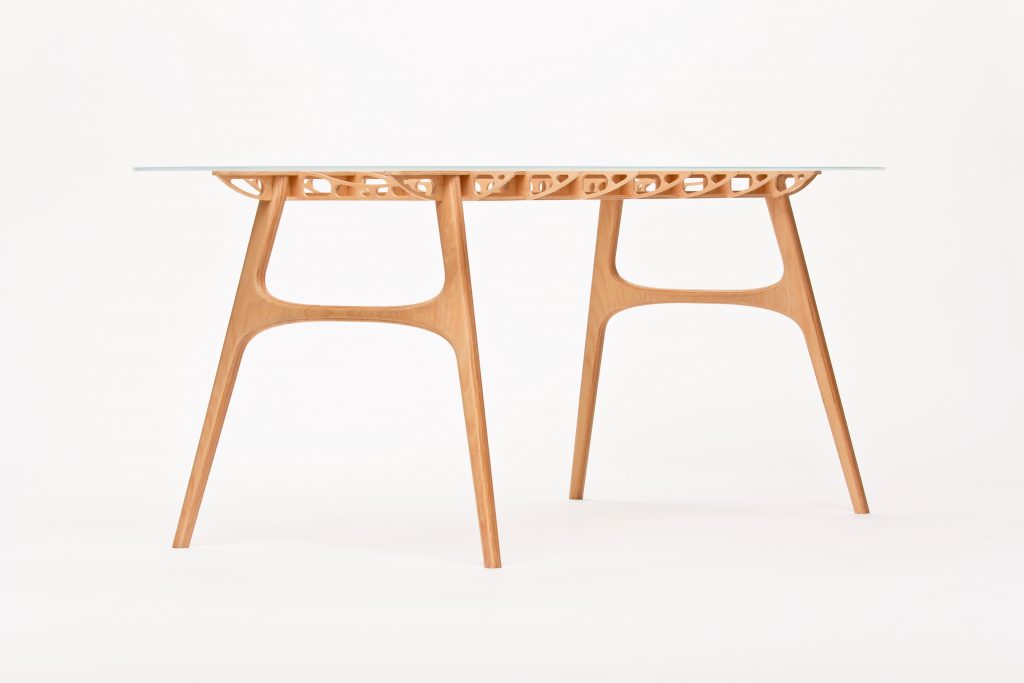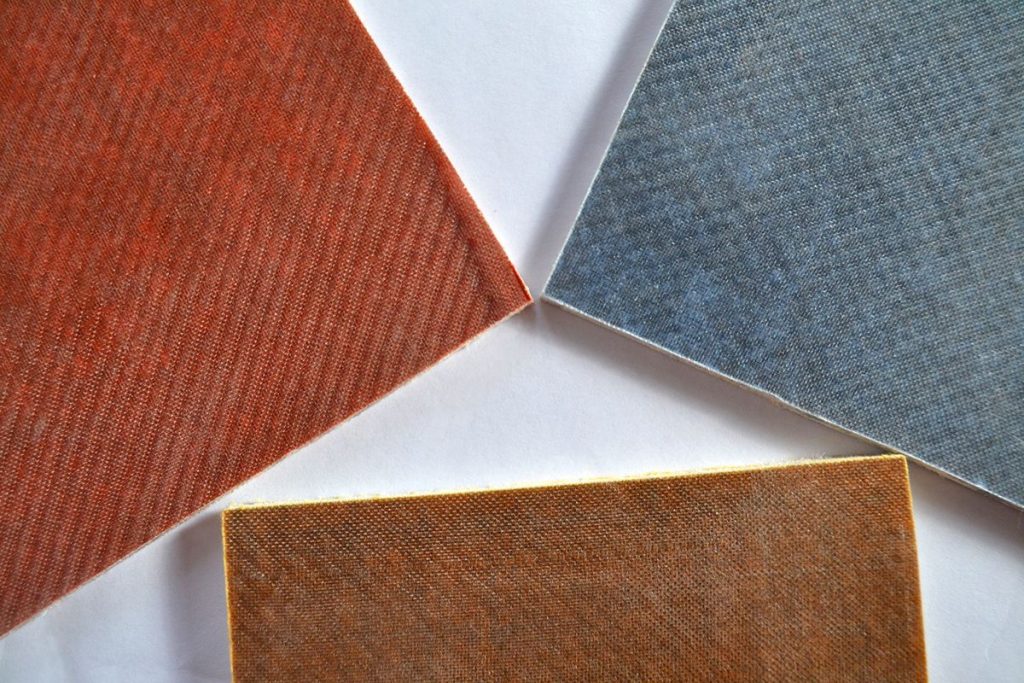Francesco Frulio on storytelling and human design

Calcúra is an editorial visual journey through Sardinia: through a series of conversations and photo stories Acre has created a showcase of the Sardinian creative scene.
Several voices have been told, and each of them represents an interweaving, a root in the soil that creates intimate worlds just waiting to be discovered.
Francesco Frulio, London-born Sardinian designer, based his research on intuition and investigation. Thanks to them Frulio creates narrative bridges and new deep relationships between design and other disciplinary fields. He is inspired by his love of the Sardinian land and his work nurtures the idea of a less individualistic, more human design, capable of telling stories through objects. We interviewed Francesco Frulio for the Calcùra project.


Tell us about yourself and your journey in the design world so far.
My name is Francesco Frulio, I was born in London and then returned with my parents to Italy, in Sardinia. Since I was a child, I have been interested in drawing and art, so much so that I used to tell my mother ‘I want to be an inventor when I grow up‘. After school, I enrolled in the Faculty of Architecture and Design in Alghero. Here I was able to study with Tobia Scarpa, Paolo Deganello, Manlio Brusatin and other masters of Italian design and the arts.
After graduating in industrial design, I chose to continue my studies at the Milan Politecnico in product design, where I was also admitted to the Alta scuola politecnica. In these years of study, I have developed an approach in which I like to create connections, unexpected bridges between disciplines and therefore a design that creates stories, or that has in its background a particular story.
So a design that unites, a design that creates unexpected connections to create new objects that tell stories. That’s the beauty of it, finding design things in things you wouldn’t expect… and telling them in a way that makes sense in the way the project is.

What place do concepts such as reduction, reuse and recycling have in your projects?
Let’s say that the concept of reduction is part of my way of designing. It is very difficult, it is more difficult to reduce than to add. This is part of my way of designing simple objects, but which, as I said, have a story, a narrative inside them. In my way of designing I prefer the story and the way the object is told: in Manfred it is not the functionality that guides my design but what I want to tell.
With Manfred I wanted to show that there was a connection between the world of planes and the world of the house. I found a bridge in the structure of aircraft wings, and I wanted to tell the story of an object that is the aircraft wing, which is very engineering, but which has an intrinsic, sculptural beauty that could be applied to an everyday object such as the home.
Whereas for example in the Nutella jar, what drove the project was finding a new approach to opening the it. That’s always what drives me, the story, what I want to explain. I start with that, different from other designers who start with ‘my object must be essential‘. Some call it minimalism, others rationalism. It’s their way of approaching the project, mine is to tell a story.
As for the reuse and recycling of materials, it is a very heartfelt theme and dear to me especially since the early years of university. In fact, it led to the FiberFlax project with the reuse of materials such as wool and linen waste, which are part of our tradition, or resin, obtained from wood and paper processing waste. It is one of the aspects that a designer today must consider, regardless of whether his approach is more functionalist or design art.

Tell us how one of your projects was born. Do you follow a precise path? From what do you take inspiration?
Often, as in many things in life, encounters are accidental, it happens with friends, in love and also in design, many things you don’t go looking for but they happen to you. My father collects old books, so I grew up among old volumes. One day, while browsing through the library at home, I came across a book on aerospace engineering. I was very fascinated by how sculptural these objects were, and how you don’t really feel that they are part of objects that are considered functional.
Sometimes I like to do as the flâneurs did in France and walk around the city and look, get lost in the city. Sometimes you notice things, aspects that you hadn’t imagined. Those things remain there and then in moments like this they come out. It is chance that combines with necessity. Many make it a school of design, that of service design that studies these things to create objects and applications that are user friendly.
I liked the idea of changing and giving a new gesture. You always have to put yourself on the side of the user, even if it’s just to say: would I put this object in my house? Is it beautiful? Does it have an aesthetic value? The designer, for me, must always put himself on the other side, there is a bit of empathy.

We have noticed that your link with Sardinia can be traced in aspects of your work such as your research and choice of materials. What relevance does the relationship with the island have for you?
Sardinia, from the point of view of forms, of craftsmanship, has been important in developing what I was saying before: an essential aesthetic in my way of designing. I certainly think that living in Sardinia has its good and bad points. The idea of living on an island with few things makes you more curious and therefore you want to explore, to know many things. Perhaps the very fact of having grown up on an island amplifies your curiosity because you want to see what lies beyond.
This transpires in my design in a great curiosity of research. Even when you have been away for a long time you tend to go back to your roots and look at what you have at home. There has been a rediscovery of places and craftsmanship that have then influenced those projects that have made me re-evaluate my Sardinian heritage and the heritage that the island can give.
Sardinia gets inside you even if you don’t realise it. Maybe in the way I design, the way I am, even the essentiality of the forms, the idea of telling and narrating. Sardinia is a very narrative island, which you have to live and be told about in order to understand its contradictions. Perhaps the desire to tell about objects, to tell about oneself, is the desire to reveal things that one would not normally know.
